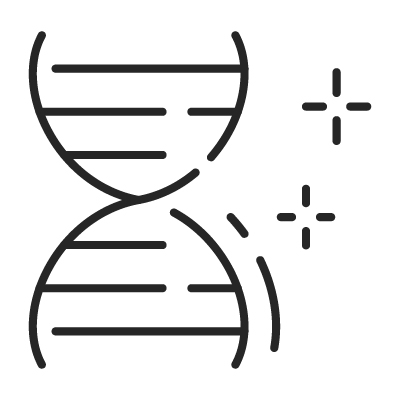Serum amyloid A (SAA)
| Catalog No. | SSAAW |
|---|---|
| Specimen | WB/S/P |
| Dimensions | Height: 60mm, Length: 300mm, Height: 84mm, Length: 300mm |
| Cut-Off | 10/30/60 mg/L |
Product Description
INTENDED USE
The SAA Rapid Test is a rapid chromatographic immunoassay for the qualitative detection of human SAA in whole blood, serum or plasma as an aid in the diagnosis of inflammatory conditions. The cut-off of the test is 10/30/60 μg/ml.
SUMMARY
Serum amyloid A (SAA) proteins are a family of apolipoproteins associated with high-density lipoprotein (HDL) in plasma. Different isoforms of SAA are expressed constitutively (constitutive SAAs) at different levels or in response to inflammatory stimuli (acute phase SAAs). These proteins are produced predominantly by the liver. The conservation of these proteins throughout invertebrates and vertebrates suggests that SAAs play a highly essential role in all animals.
Acute-phase serum amyloid A proteins (A-SAAs) are secreted during the acute phase of inflammation. These proteins have several roles, including the transport of cholesterol to the liver for secretion into the bile, the recruitment of immune cells to inflammatory sites, and the induction of enzymes that degrade extracellular matrix. Serum amyloid A (SAA) is also an acute phase marker that responds rapidly. Similar to CRP, levels of acute-phase SAA increase within hours after inflammatory stimulus, and the magnitude of increase may be greater than that of CRP. Relatively trivial inflammatory stimuli can lead to SAA responses. It has been suggested that SAA levels correlate better with disease activity in early inflammatory joint disease than do ESR and CRP. Although largely produced by hepatocytes, more recent studies show that SAA is produced by adipocytes as well, and its serum concentration is associated with body mass index.
PRINCIPLE
The SAA Rapid Test is a qualitative, solid phase, two-site sandwich immunoassay for the detection of serum amyloid A protein in whole blood, serum or plasma. The membrane is pre-coated with anti-SAA antibodies on the test line region of the cassette. During testing, SAA, if present in the whole blood, serum or plasma specimen reacts with the colored particles coated with anti-SAA antibodies. The SAA-Conjugate complex migrates upward on the membrane chromatographically by capillary action to react with anti-SAA antibodies in the Test line region on the membrane and generate a colored line. The presence of this colored line in the test region indicates a positive result, while its absence indicates a negative result. To serve as a procedural control, a colored line will always appear in the control line region indicating that proper volume of specimen has been added and membrane wicking has occurred.














